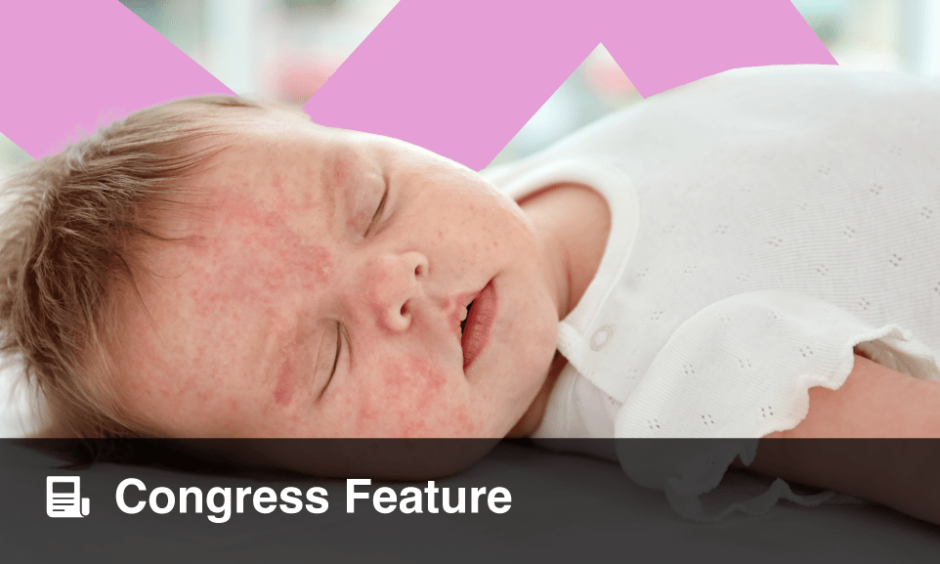LOW filaggrin (FLG) expression in children aged 2–3 years has shown to be a predictor of asthma, according to novel research presented at the 2024 American Academy of Allergy, Asthma & Immunology Annual Meeting in Washington, D.C., USA.
FLG is a structural protein that binds to keratin fibres within epithelial cells. It forms the outer protective seal of skin, known as the skin barrier, and is fundamental in terminal epidermal differentiation. Whilst previous research has identified an association between skin barrier dysfunction and asthma, the predictive role of skin markers for asthma detection remains unclear. Wan-Chi Chang, Cincinnati Children’s Hospital Medical Center, Ohio, USA, and team, aimed to identify markers of skin barrier function and atopic dermatitis severity, with the hope to improve early childhood asthma prediction.
Pulmonary function testing was conducted in 96 children, aged 7–8 years old, with atopic dermatitis from the Mechanisms of Progression from Atopic Dermatitis to Asthma in Children (MPAACH) cohort. Asthma diagnosis was determined by pulmonary function tests, wheezing, and utilisation history. Logistic regression evaluated the predictability of parental-reported physician-diagnosed asthma, transepidermal water loss, SCORing Atopic Dermatitis (SCORAD), and skin expression of FLG for asthma.
Results revealed that low FLG expression at age 2–3 years old in non-lesional, but not lesional skin, was a strong predictor for school-age asthma (odds ratio: 7.2; 95% confidence interval: 2.4–23.7). Moreover, this result remained when stratified for Black (P=0.008), and non-Black children (P=0.039). Interestingly, using FLG as a predictive marker for asthma was found to have a twofold higher sensitivity compared to traditional parental-reported physician-diagnosed asthma (0.72 versus 0.35; P=0.058), while specificity remained similar (0.74 versus 0.89; P=0.56).
Overall, these findings hold promise for using FLG protein expression as a predictive tool for school-age asthma, improving early intervention as a result.








